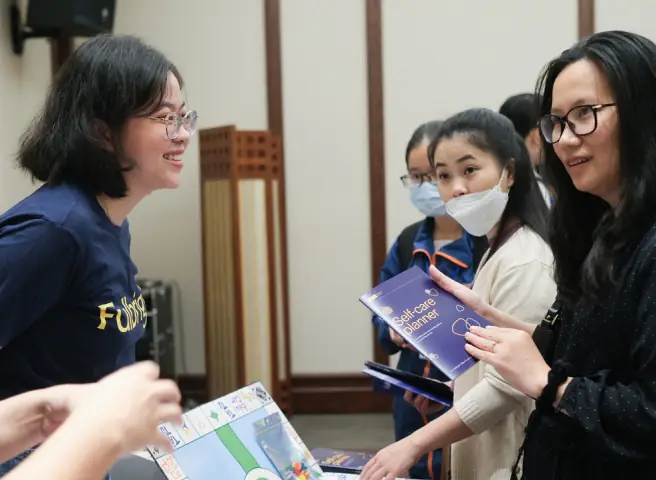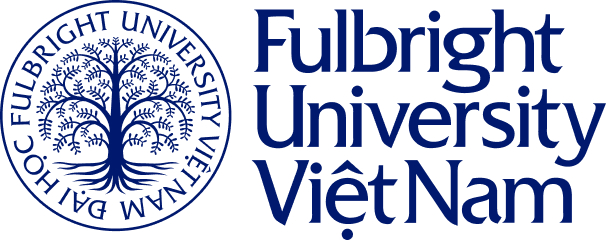Identity is not merely taken for granted as gender, race or nationality as in most of the textbooks having been written on this issue. It could as well be deeply latent inside the personal consciousness or at the hidden corner of the social collective mind. How will those quasi-transparent and subterranean features look like when they are visualized into such a grand expressive audio-visual art form as cinema? That is the first question for examination inside this course. By zooming into Vietnamese identities on contemporary Vietnamese big screen, the course is to carry out a thorough surgery on this matter of a nation in transition (William Lim, 2001) in the complex postmodern global context. This course focuses on the identity literacy for those who would like to take it seriously on Vietnam studies and particularly those who are interested in researching them through film aesthetics. First and foremost, it examines what identity is under theoretical viewpoint as well as its major attributed components as gender, race, class, and nation. In parallel, it re-examines what Vietnamese identities have been and what are the new layers of Vietnamese identities which are being reconstructed in the contemporary epoch. After providing a brief knowledge on film aesthetics, the course will make use of those understandings to analyze and critique how contemporary Vietnamese filmmakers (of the 21st century) convey their personal as well as collective Vietnamese identities through each filmmakers aesthetic choices. Those are not historical lessons on Vietnamese cinema since its birth but zooming into the contemporary Vietnamese film instead. More precisely, after the U.S opened the embargo with Vietnam, which opened a new chapter for the country in transition, the new epoch of Vietnamese cinema has also been opened, with a booming market and a radical of art-house and experimental genres having been emerged. For nearly thirty years, a new wave of contemporary filmmakers in Vietnam have been reinventing various aesthetic choices of the classic world cinema in order to shape a new face of Vietnamese cinema as well as Vietnamese collective identities. Hence, reading the embedded Vietnamese identities being embedded on Vietnamese big screen cant be distinguished from reading how Vietnamese cinema has been transformed aesthetically. By reading theories and defining specific cases on personal and collective identities on Vietnamese cinema inside its present socio-political context, this course aims to provide students a full and well-rounded understandings on the complex Vietnamese identities at the moment. Also, by the end of this course, students are expected to grasp a more well-rounded knowledge on cinema aesthetics and the way a films visual and aural features are used to create essentially non-narrative dimensions of film, including the films ˜look.
Introduction
offering time
Spring 23
Major
Vietnam Studies
Faculty
Pham Quang Trung (Viet Vu)(V)
Category
Exploratory
Course code





